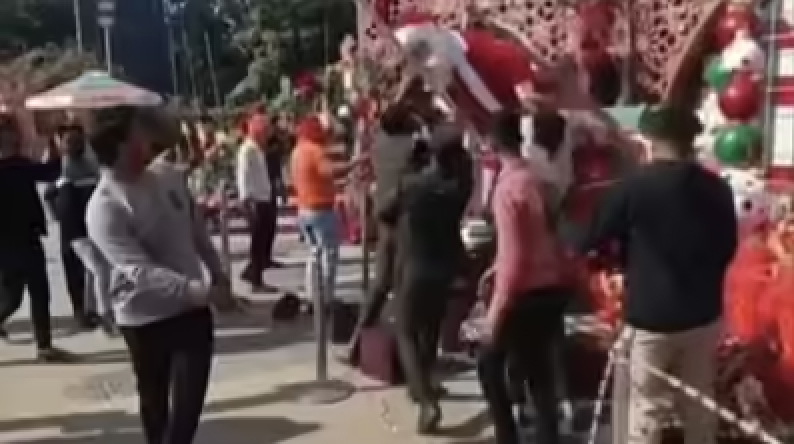
By Umang Poddar / Scroll
It was the order of a district court in Uttar Pradesh in 1986 that “triggered a chain reaction leading to the demolition” of the Babri Masjid in Ayodhya by Hindutva activists five years later. This is what Justice SU Khan of the Allahabad High Court observed in a judgment in the Ayodhya title suit in 2010.
The 1986 order led to the locks at the Babri Masjid being opened, which “catapulted the dispute at the national (rather international) level”, Khan notes in his judgment. “Prior to that no one beyond Ayodhya and Faizabad was aware of the dispute.”
The statement summarises a pattern seen in several disputes over religious sites: the Babri Masjid in Ayodhya, the Gyanvapi mosque in Varanasi, the Shahi Idgah mosque in Mathura, the Qutb Minar in Delhi and the Kamal-ud-Din mosque in Madhya Pradesh.
Courts, especially those at the lower level, have played an active role in escalating these disputes.
Opening the locks at Babri
This first became apparent in Ayodhya. For decades after 1949, when an idol of the Hindu deity Ram was mysteriously placed inside the Babri Masjid, only a couple of priests were allowed to go inside to perform religious rites. The public could only watch from beyond a grill.
However, in 1986, an advocate unconnected to the dispute filed an appeal before a district judge in Faizabad, KN Pandey, on January 31, 1986. The appeal was allowed a day later. The judge directed the gates to be opened for Hindus to worship. Within minutes of the order being passed, the Babri Masjid’s gates were opened.
The original parties to the suit were not aware of these proceedings, except for one, who was not allowed to be impleaded in the suit. The district magistrate and the superintendent of police who were present in court said that there would not be any problem if the locks were opened.
In 2010, Justice SU Khan expressed shock at the sequence of events, where an appeal was filed by a “stranger” that was “not maintainable” and the impleadment of one of the parties “was wrongly rejected” because of which there was “no one to oppose the appeal”.
He noted that there was no reason to show “such undue state”.
Archaeological survey at Gyanvapi
With regards to Hindutva claims about the Mughal-era Gyanvapi mosque, two cases before civil courts in Varanasi have sparked off a controversy.
The first case was filed in a Varanasi civil court in 1991 by devotees of “Swayambhu Lord Vishweshwar”. They claimed that the Gyanvapi mosque plot was originally occupied by a temple and asked for permission to worship on the property. The court, in 1997, said that certain portions of the plea were barred by the Places of Worship (Special Provisions) Act, 1991.






